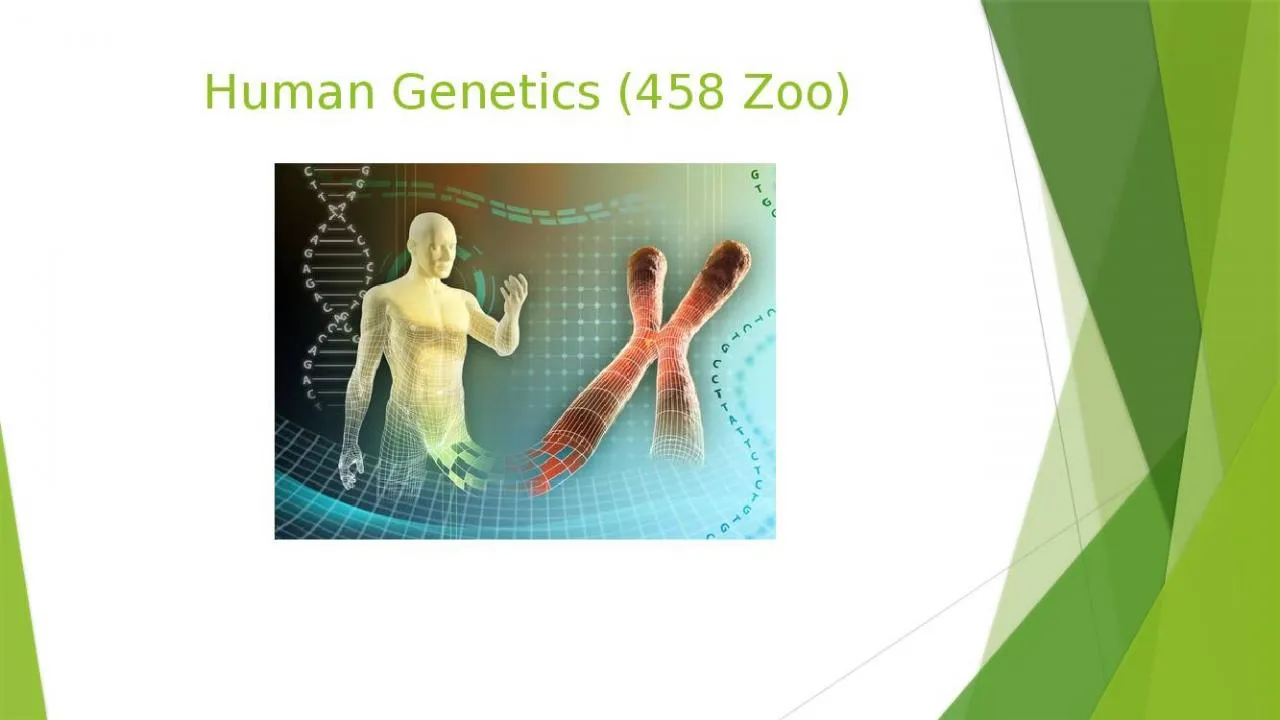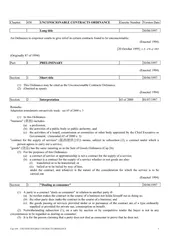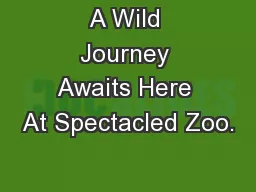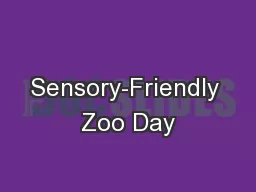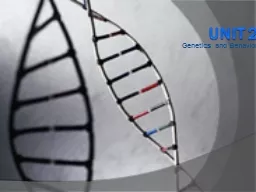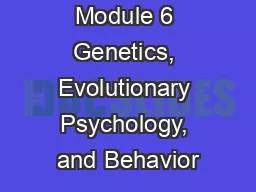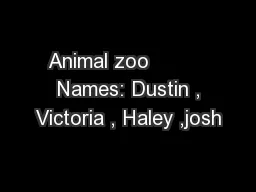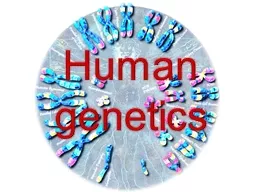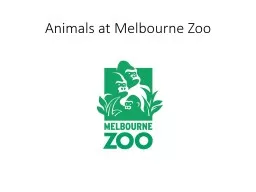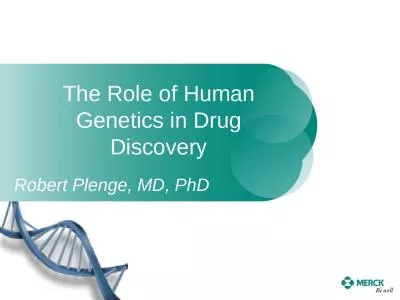PPT-Human Genetics (458 Zoo)
Author : evelyn | Published Date : 2022-02-10
Weeks Number Lecture 1 Introduction of human chromosomes 2 Linkage crossing over 3 Chromosome mapping 4 Sex determination systems and sexlinked inheritance 5 Pedigree
Presentation Embed Code
Download Presentation
Download Presentation The PPT/PDF document "Human Genetics (458 Zoo)" is the property of its rightful owner. Permission is granted to download and print the materials on this website for personal, non-commercial use only, and to display it on your personal computer provided you do not modify the materials and that you retain all copyright notices contained in the materials. By downloading content from our website, you accept the terms of this agreement.
Human Genetics (458 Zoo): Transcript
Download Rules Of Document
"Human Genetics (458 Zoo)"The content belongs to its owner. You may download and print it for personal use, without modification, and keep all copyright notices. By downloading, you agree to these terms.
Related Documents

